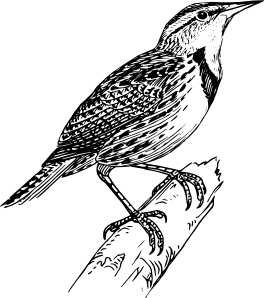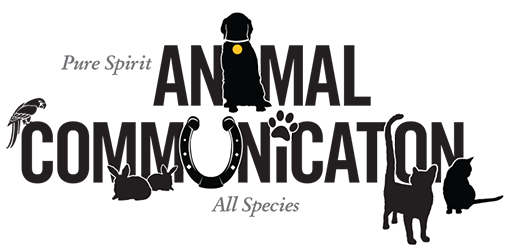Lark
The lark is a very popular animal, appearing in literature, song, mythology, and even religion. Though we write of the lark very often, the only true North American lark is the horned lark, which is named for its black stripes beneath its eyes. The meadowlark also inhabits North America, though technically, the meadowlark is more closely related to the starling. This doesn’t stop us from relating the meadowlark to the true lark,  however.
however.
Larks are known for their melodious singing. They also sing while they are flying, unlike most other birds, who only sing when perched. This indicates cheerfulness and reminds us to find joy in our own lives. Larks are also very good mimics of other birds’ songs. Perhaps this tunefulness is the reason that larks are messengers in religion and mythology. In Lakota/Dakota myth, larks were the messengers of the god Itokaga (Okaga). Itokaga was the representation of the south wind. South is the direction of the sun and the bringer of warmth, light, and life. Therefore the meadowlark is associated with all of these things, in addition to women’s medicine, which encompasses beauty, fidelity, happy marriage, and fertility. Seeing a meadowlark is good news for the viewer, because the lark brings abundance and impending harvest.
Larks have a crescent shape across their breasts. The crescent shape often signifies lunar qualities, and the moon is often linked with the concept of self. Therefore the lark reflects the inward journey that’s often associated with self-discovery. This goes hand in hand with their singing, something that, for humans, is often considered a private activity and a deep reflection of inner self. Lark encourages us to explore our inner selves and sing out loud.
Information from Ted Andrews's Animal-Speak, Jessica Dawn Palmer's Animal Wisdom, and Steven D. Farmer's Power Animals.

